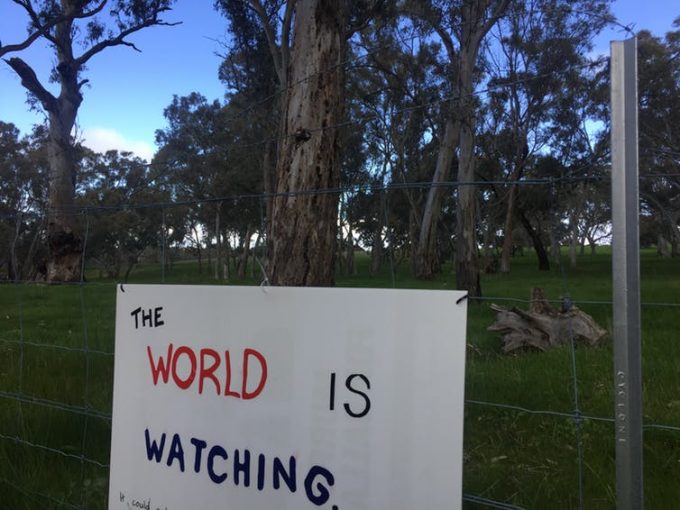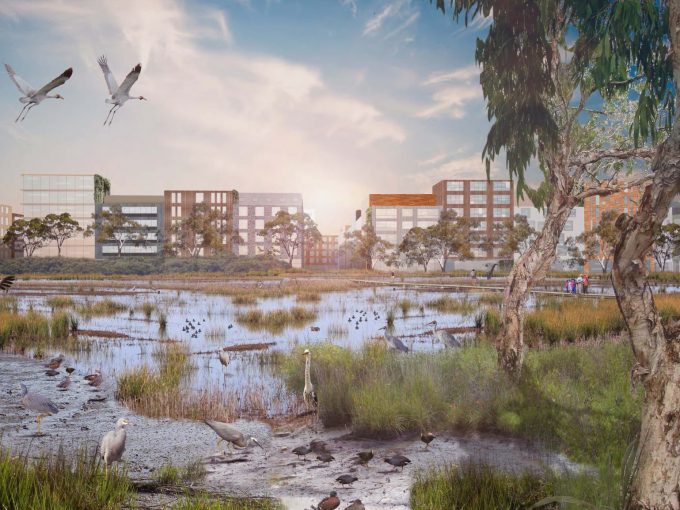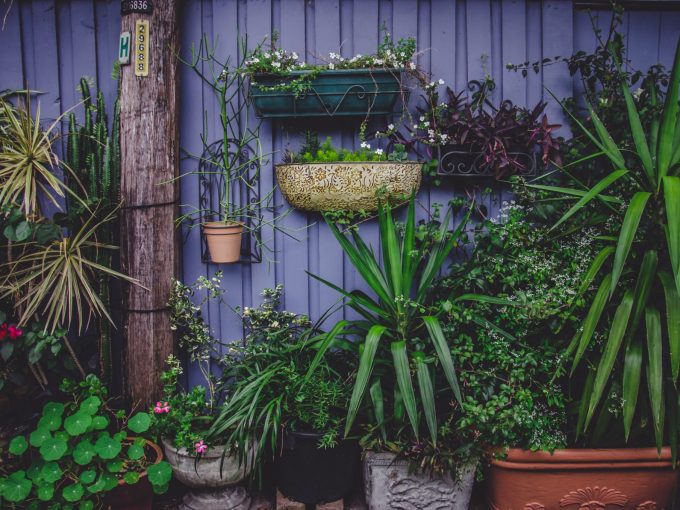Apart from formal parks and gardens, street verges and other planned greenspaces, most cities have pockets of unplanned vegetation and leftover open spaces, including vacant lots, railway verges and drainage channels.
These are known as ‘informal greenspaces’ and are an important, but sometimes forgotten, part of urban open and greenspace networks.
In Melbourne and other Australian cities, there is currently significant investment directed at transforming poorly designed parks and restoring urban waterways and adjacent informal greenspaces to improve the quality of life and health of local residents and provide urban habitat.
The Upper Stony Creek Transformation Project in Sunshine North is one example in which an informal greenspace comprised of a detention basin and a fenced-off concrete drainage channel is being reworked into an accessible urban wetland and park.
This project has evolved from the ‘Greening The West’ initiative and is funded by the Department of Infrastructure and Regional Development, Department of Environment, Land, Water and Planning (DELWP), Melbourne Water, City West Water, Development Victoria, Brimbank City Council and Greenfleet.
The project aims to “create a natural open space for the community, restore habitat for native wildlife, help tackle climate change and improve health and wellbeing for residents”[1].
For Brimbank City Council the project is part of a wider transformation of the municipal park network implemented through the Creating Better Parks Policy (2016). Since 2008, Council has invested around $26.5m to transform 100 parks.
A multidisciplinary team from RMIT University and the University of Melbourne funded by the Upper Stony Creek Transformation Project partners and the Australian Government’s Clean Air and Urban Landscapes (CAUL) Hub[2] is conducting a longitudinal study on the site.
The research aims to determine the impact of the project on residents, with a focus on psychological, social and physical health outcomes, as well as biodiversity benefits. Drawing on semi-structured interviews with residents living in close proximity to the Creek, this article focuses on a subset of baseline data collection aimed to investigate perceptions towards the site and the type of activities residents conducted in the area.
Understanding residents’ values and perceptions of informal greenspaces can ensure they are transformed in a way that maximises their potential benefits for local communities.
The majority of participants commented on undesirable features of the current site highlighting that the area is perceived negatively and is unloved.
“Until this project came along, I didn’t even know it was called the Stony Creek …, it was a drain. I never walked along the drain, I’d never had anything to do with the drain. It’s just a plain, old, ugly drain that was there.” (female participant, 45-54 years old).
There were four main issues regarding the unpopularity of the Upper Stony Creek area: poor maintenance, litter and rubbish being dumped, low accessibility and perceptions of a lack of safety. Poor maintenance was also associated with fears about snakes.
“We don’t go there anymore because of the weed problem and there’s no pathway…. There’s no one really that maintains the area” (male participant, 25-34 years old)
The findings showed that although there is a lack of high-quality local greenspaces accessible to residents, the area is considerably underused. It was most popular for dog walking with the informality of the space encouraging residents to allow their dogs to be ‘off leash’.
With current perceptions recorded as being quite negative, it is no surprise that residents were looking forward to the transformation of Upper Stony Creek, believing that it will positively impact their neighbourhood and lifestyles.
“We’re very grateful for what’s about to happen, and [it] feels like Christmas has come [laughs]. Yeah, I don’t know why they chose us… Perhaps we were very needy … of more green space, but I think it’s a wonderful thing.” Male, 45-54 years
The research from this phase of the study suggests that negative perceptions towards informal greenspaces mean they can be considered unsafe and are consequently underused. Understanding the reasons behind residents’ perceptions of informal greenspaces, both negative and positive, can inform future investment to improve these spaces and increase the impact of their potential benefits.
We welcome further collaboration with local councils and other organisations to help understand residents’ uses and perceptions of informal green spaces when undertaking improvements or waterway restorations.
For further information, contact Leila Farahani via leila.farahani@rmit.edu.au
Recommended Citation:
Farahani, L. and Maller, C., Investigating Residents’ Use and Perceptions of Informal Greenspaces: A Study of Stony Creek in Melbourne’s West. State of Australian Cities National Conference, 28-30 November 2017, Adelaide, South Australia. http://doi.org/10.4225/50/5b2dc36e758f5
[1] https://greenfleet.com.au/Our-forests/USC
[2] The CAUL Hub is supported by the Australian Government’s National Environmental Science Program





